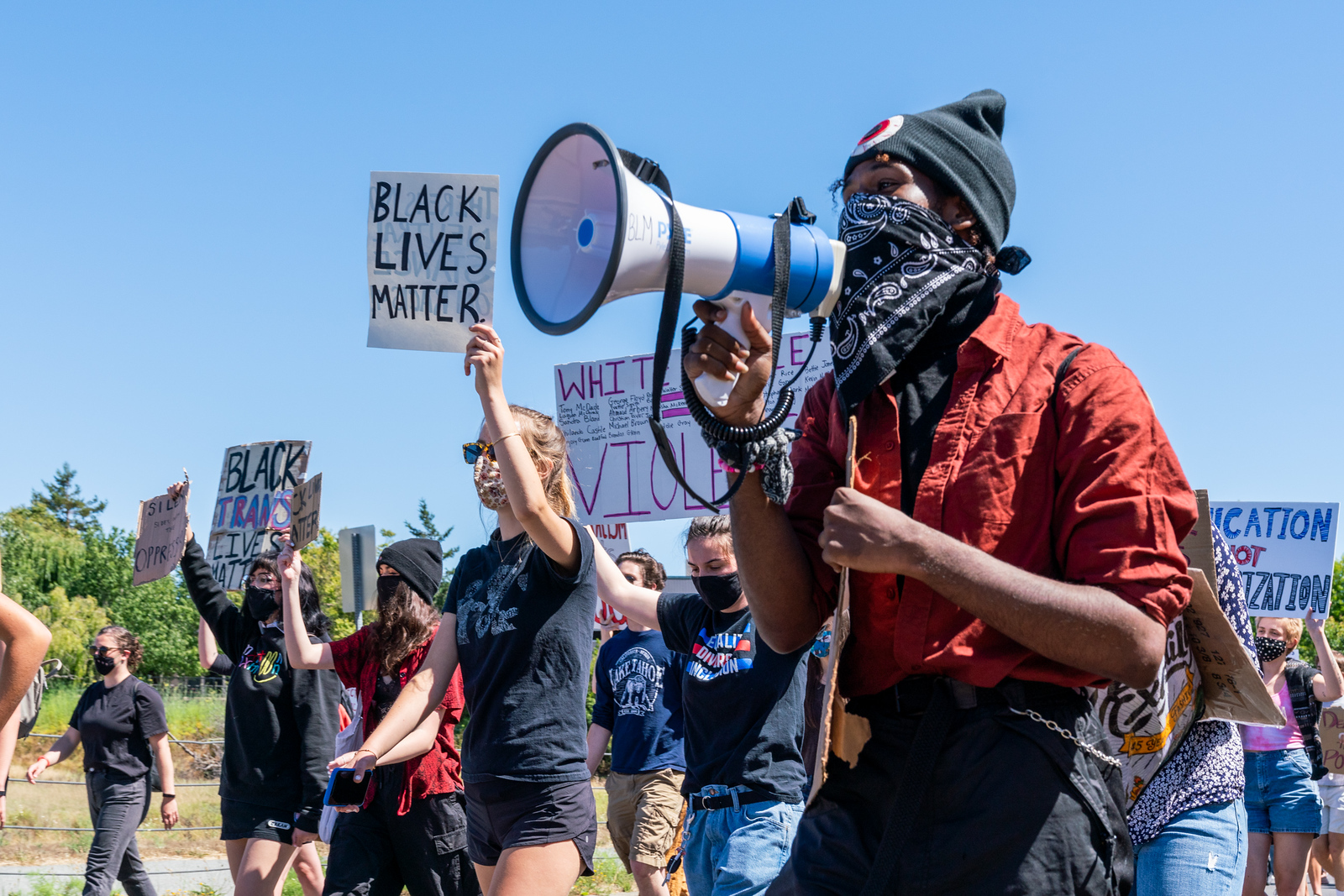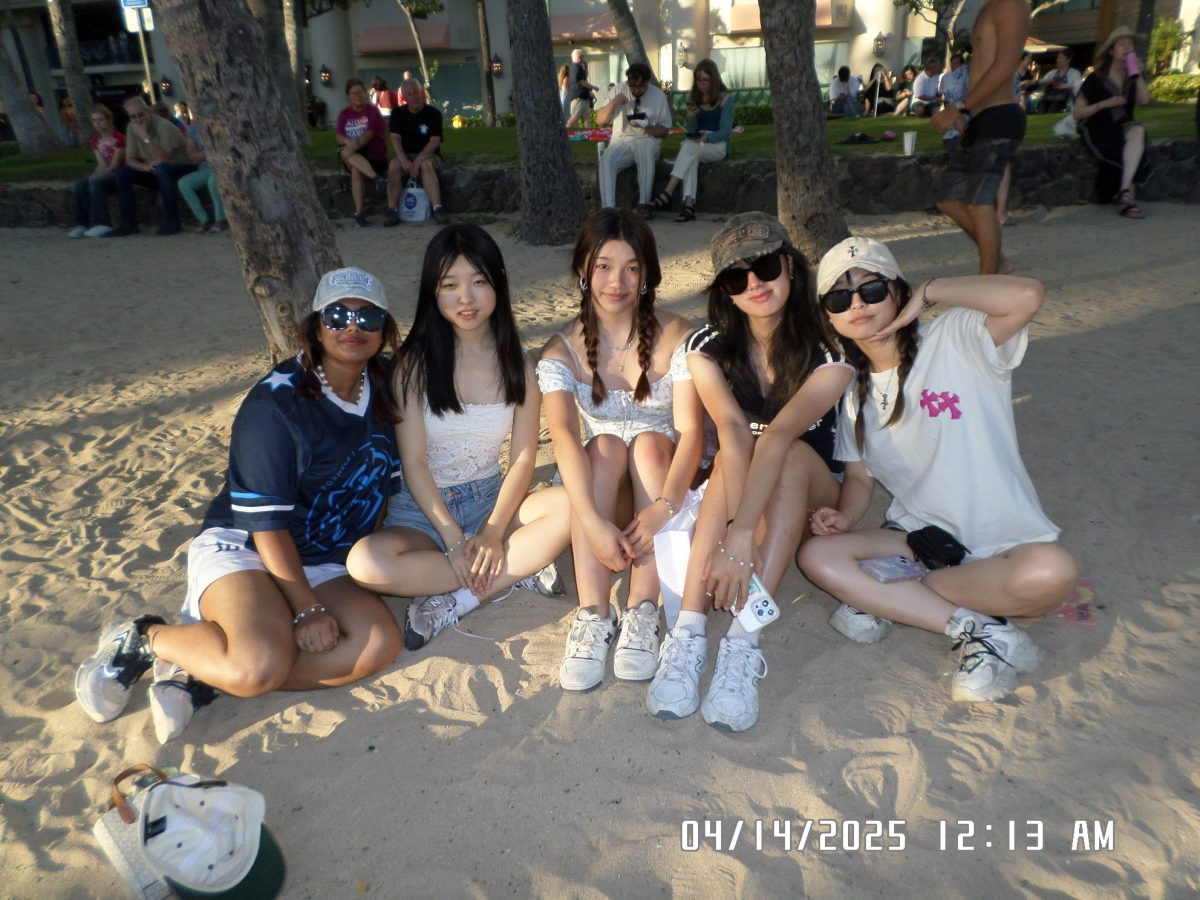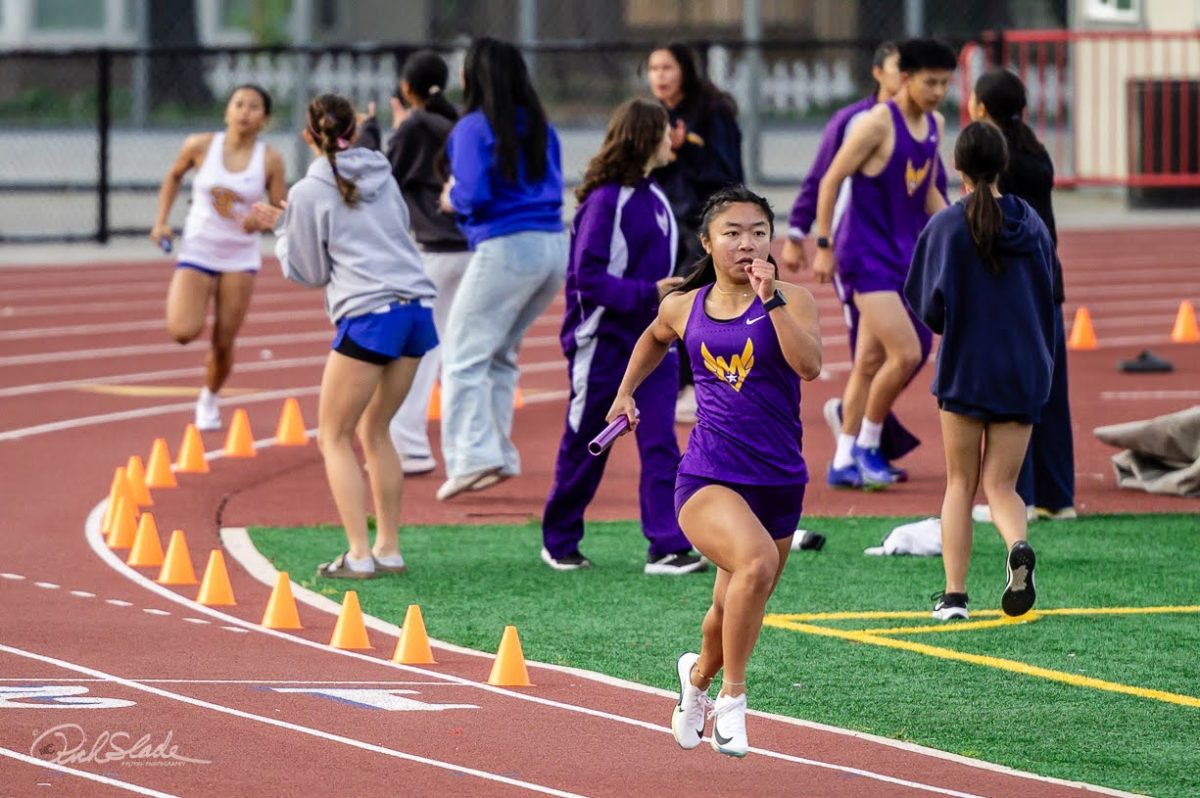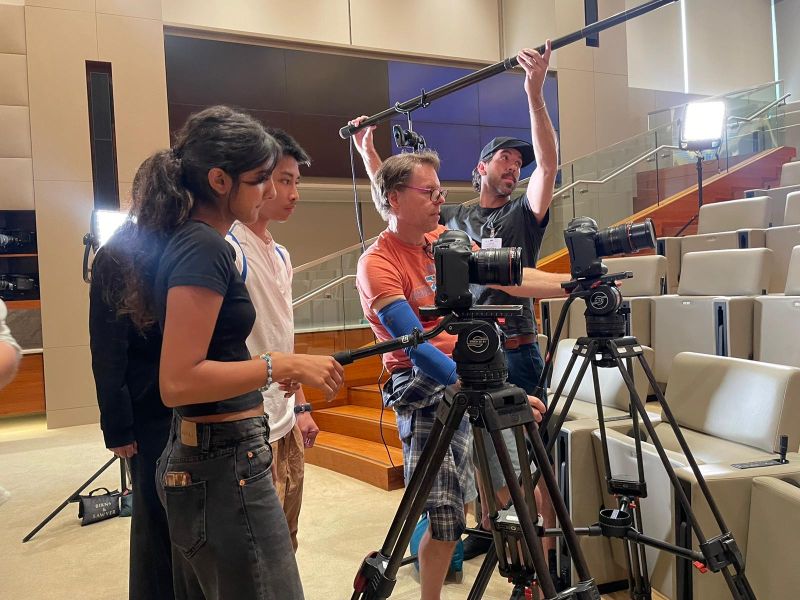When Jack Owicki and Teri Vershel were asked to coordinate photography for the Women’s March in January 2017, photojournalist Steve Disenhof was one of the first volunteers to put his hand up. After witnessing the outpouring of resistance to President Donald Trump’s inauguration on Capitol Hill that day, his co-worker put out the idea to create an organization focused on recording momentous occasions like those. With support from Disenhof and others, ProBonoPhoto was born.
As one of the founding members, Disenhof describes ProBonoPhoto as an organization that provides photography and videography services to social justice and advocacy organizations. Operating with 50 active volunteers in 37 different cities, ProBonoPhoto usually assists nonprofits that cannot afford professional services, with volunteers wearing vests with the phrase “We tell your story.”
“We consider whether or not the organization fits our mission and whether or not we think the organization has funds available to hire a professional photographer because we don’t want to take money out of their pockets,” Disenhof said. “Then, we will put a call out to our volunteers to see if somebody is willing to do that event.”
ProBonoPhoto’s mission is focused on documenting progressive social justice, a value that aligns with the individual beliefs of many of its volunteers. This, in turn, means that the organization largely covers progressive leaning events in the Bay Area. However, coverage depends on the availability of volunteers at that location, with ProBonoPhoto documenting events as far as Kenya in the past.
MVHS alum ’23 Krish Dev, who is a deputy news editor at the Washington Square News, has reported on several recent protests in New York City as a photographer. Dev explains that photography is a driving force behind systemic change in the world, referencing the pivotal role images and videos played in the cases of Trayvon Martin and George Floyd.
“I’ve always been interested in taking photos of people,” Dev said. “Not portraits, but people in their raw emotions and I think protests are a great way to capture emotions because they’re very charged. Protests are inherently very photogenic because the protestors want their message to be heard. They make signs. They’re trying to have a display.”
Similarly, Disenhof’s prior involvement in photography contributed to his decision to start documenting protests. Starting in January 2017, photography became his method of resistance against former president Donald Trump’s administration, which he viewed as a “disaster for democracy.”
However, Disenhof’s journey in activism began decades before the creation of ProBonoPhotos. Fifty years ago, he was involved in running demonstrations against the ongoing Vietnam War. As he became more interested in photography, first through sports photography and later expanding to event, street and other styles, Disenhof began to value the role of photography as a powerful medium for advocacy.

“When I started doing street photography a decade ago, there were no iPhones back then,” Disenhof said. “These days, if I go out in the street, we photographers complain that you can’t take a photograph of a street event in San Francisco without 10 people in the photograph looking at their phones. We are now a visual society, and because of that photography has become that much more important.”
Covering protests has proved a valuable learning experience for Dev, as protests tend to be unpredictable, calling for split-second decisions in some situations. As a result, Dev believes his involvement has pushed him out of his comfort zone and led to rewarding experiences, with one highlight being a conversation he had with another photographer who documented Vietnam War protests.
“You have to be on your feet,” Dev said. “You have to figure out what’s going on because you don’t know what to take photos of beforehand. As a photographer, I think I’ve been taken out of a bubble. It’s important, if you want to grow, to leave comfortable spaces and make yourself uncomfortable. I know for some people, taking photos of protests is uncomfortable, even if they’re experienced photographers, because photographers are targeted, not just by police but also by protesters.”
Disenhof also acknowledges that there is an inherent danger in covering protests, an issue that photographers at ProBonoPhotos have faced before. He recalls instances of activists escalating to violence during the George Floyd protests in 2020. While ProBonoPhotos encourages volunteers to stay away from such situations,
“Two of our photographers have been employed in the last six months and had all their gear stolen from them at gunpoint,” Disenhof said. “We’ve had somebody else who had their car broken into, so it’s not a safe environment out there. So I’m hyper aware when I’m on the street now. But it’s all just the equipment, so I will continue to go out there and shoot.”
In contrast, photography teacher Brian Chow prefers to cover welcoming spaces, rather than attend hostile events like protests, as his way to bring awareness and support for the causes he believes in.
“I’ve been photographing for the Black Surf Club of Santa Cruz, and they have a Liberation Paddle-Out every June during Juneteenth,” Chow said. “Amplifying the events — the work that goes into the organization and what it’s trying to do in terms of trying to bring positivity and create space for BIPOC folks where that space hasn’t been — I’ve been using my photographic skills for that.”
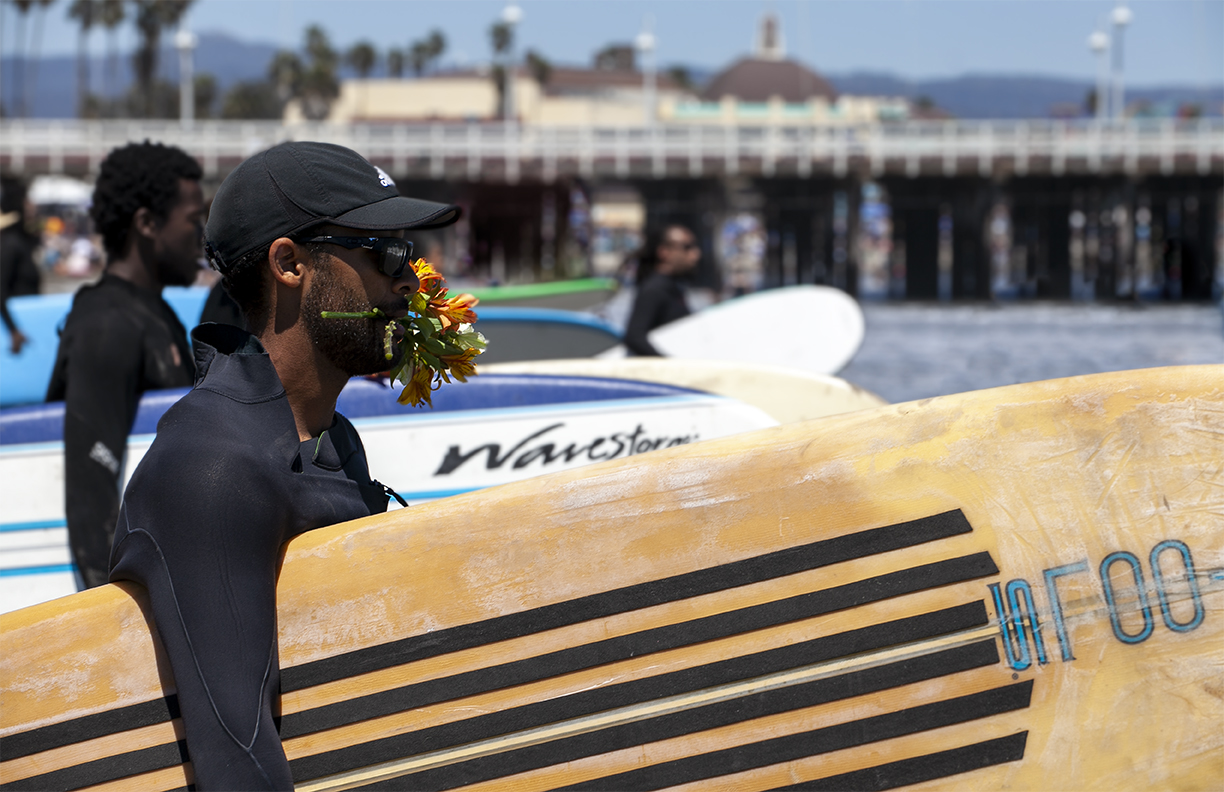
Dev and Disenhof use protest photography for journalistic purposes, meaning that they are obligated to report the facts of the event through their photos. Still, while Disenhof only photographs protests that align with ProBonoPhoto’s mission and his personal morals, Dev explains that leaving his beliefs out of photography is essential to his journalistic integrity, especially when covering protests that ultimately clash with his own personal opinions.
“I have taken pictures of protests that I don’t agree with,” Dev said. “For those, usually, I’m not going out of my own volition. I still take photos of it because it’s important as a journalist to take photos of not just the things you’re interested in because you don’t want to create a narrative. You want to show all sides.”
Photography, on the other hand, is Chow’s chosen form of artistic expression. He explains how artists, specifically with activism, don’t have to adhere to the rules or guidelines that many journalists must. Similar to other forms of art, he uses photography as a way to convey his personal views visually and emotionally, and put a face to the cause.
“I’m someone showing up because I actually care about what’s happening and I’m more than just a person that’s recording the events,” Chow said. “I can actually participate in my photography events, and I can actually talk to the people and engage with them.”
Dev acknowledges how finding that intersection between creativity and the truth, specifically through a medium like photography, is an influential tool in the hands of today’s activists.
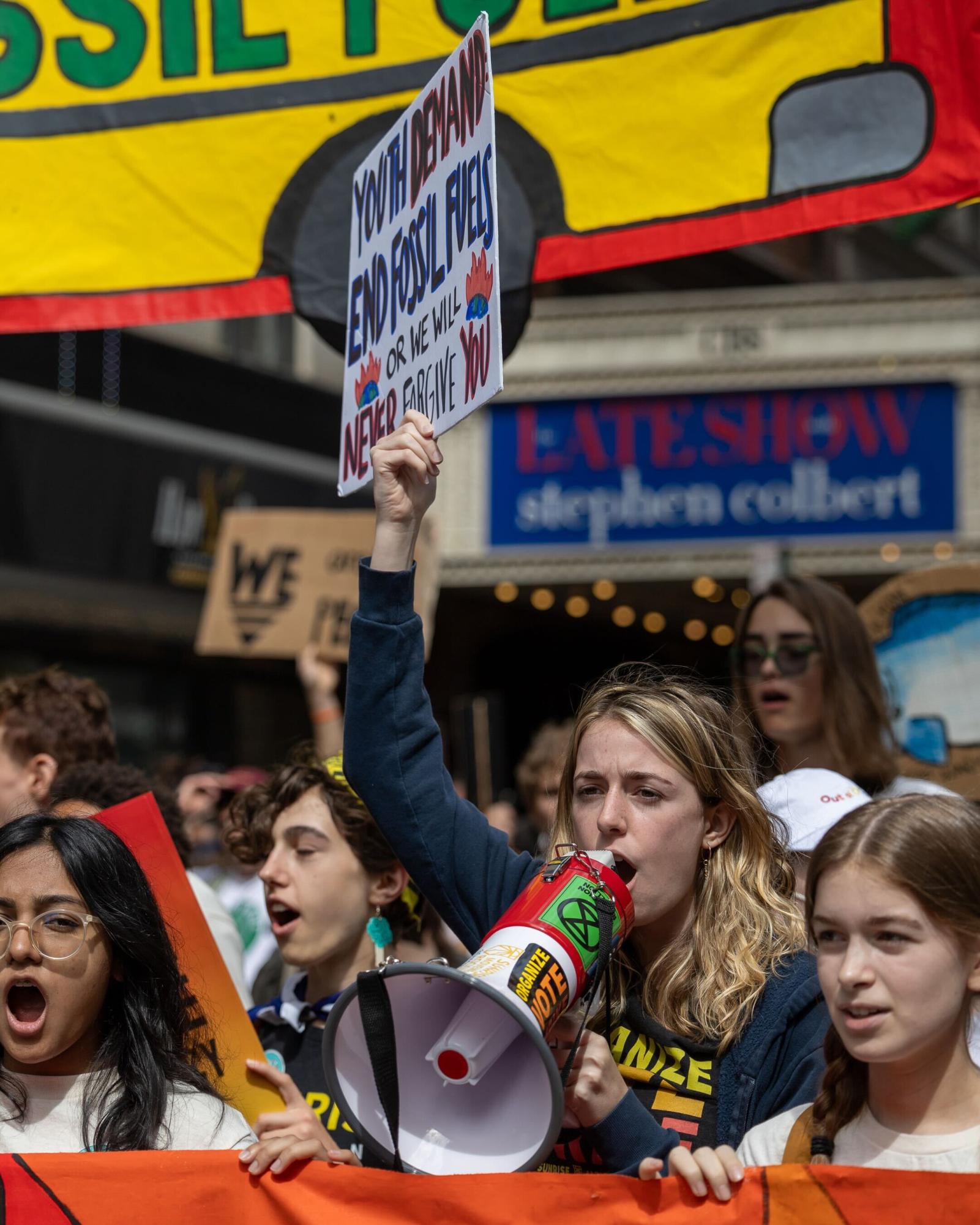
“Photography plays a huge role in activism,” Dev said. “It’s an artistic expression, but it’s also a journalistic expression. So having both those two elements intertwined is very powerful because it can send a lot of messages that are not just creative, but also like to raise awareness. Increasing awareness is one of the most important things that activists do. It just shines light on issues that are going on how people are feeling and it makes people care which is really important.”
Disenhof reflects on how the role of photography within activism has continued to evolve. With society becoming ever-so dependent on technology for news, he explains how photography serves as a consumable way to get a message across.
“A picture is worth 1000 words, and through photography we can magnify the messages of the organizations we’re working with,” Disenhof said. “Society today is much more visual than it was years ago. These days everybody looks at social media. Everybody looks at the pictures. So, by providing good images of these events [and] of the stories that we are promoting, we can magnify that well beyond what the written word can do.”
Dev echoes Disenhof’s sentiment, emphasizing how the power of photography, even through the lens of the past, has impacted the portrayal of history today. He believes that photos allow the story to live on, past the immediacy of the protest.
“Photography is permanent, much more permanent than going to a protest with a sign, because, with photography, we’re capturing that moment and preserving it,” Dev said. “All the protests we know of now are because a photographer was there to take the picture and really keep it in the cultural zeitgeist so that we still understand what happened in the past today.”





